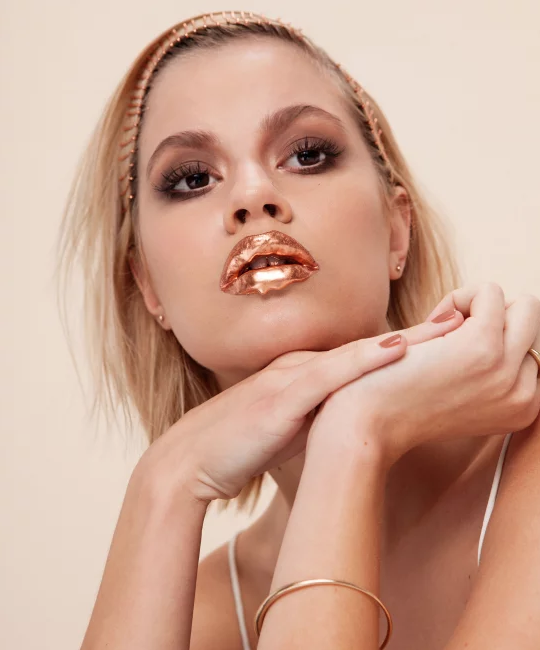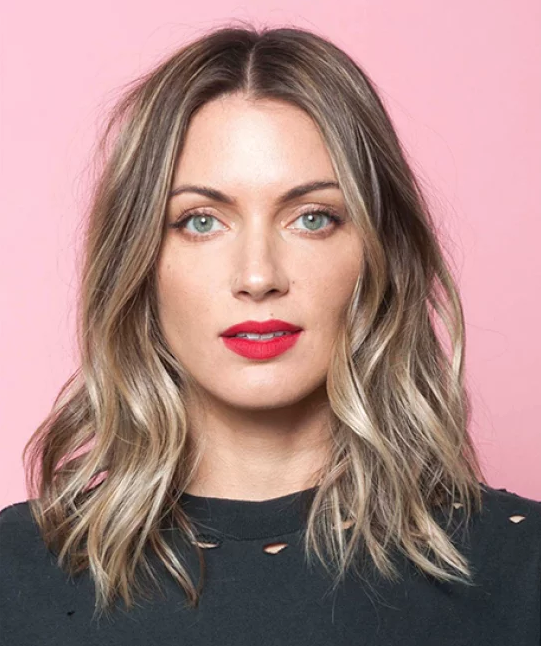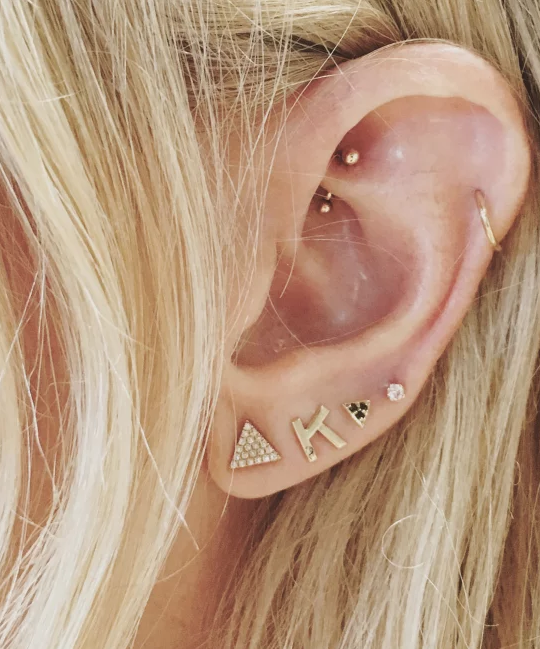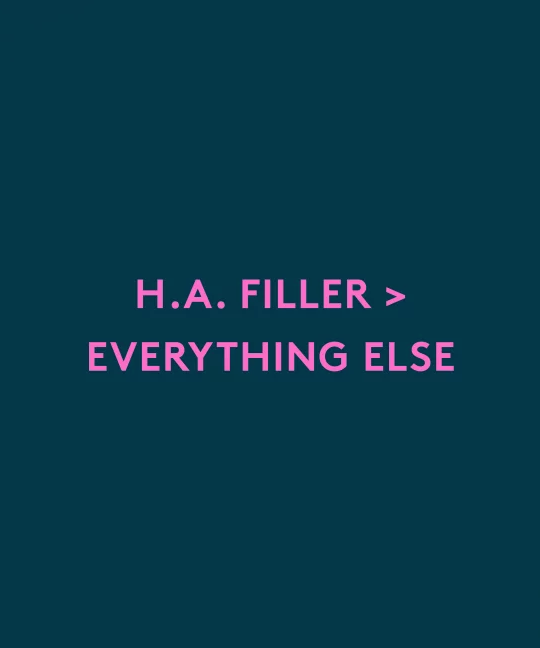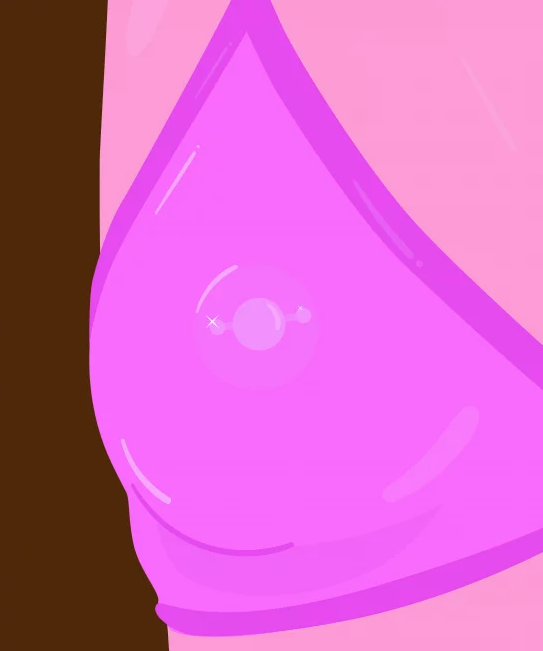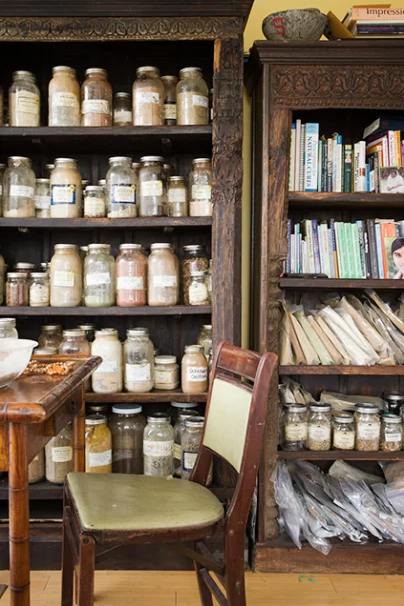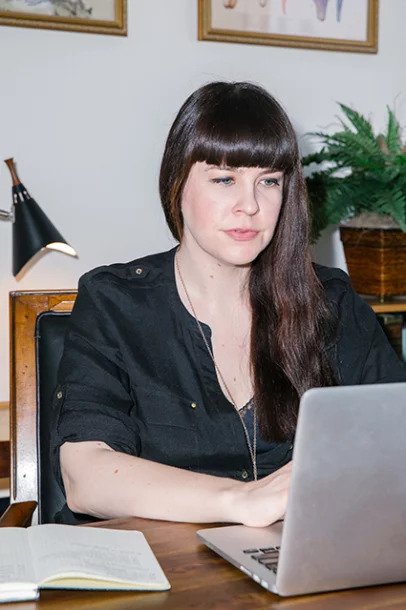Inside the closets of L.A.'s most stylish millennial women, you'll likely find a piece (or 10!) from Reformation. From the brand's minimalist-chic store on Melrose to its feminine-yet-cool designs, it embodies our city's relaxed vibe. Plus, there's the eco-friendly ethos: All fabrics are either deadstock, recycled, or made from eco-friendly materials, and the company cuts and sews the better portion of its products in its SoCal offices.
Did we mention Reformation has a loyal Hollywood following? Think: Rihanna, Taylor Swift, and Rosie Huntington-Whiteley. (Oh, and Karlie Kloss is an investor, too.) And, if you need more convincing that these clothes are seriously badass, we suggest you consult the Instagram hashtag #RefBabe for hordes of girls exalting the brand's dreamy dresses, boxy leather jackets, and high-waisted vintage Levi's.
Of course, it's no surprise that such a rad company would have even radder employees, so we visited Reformation's downtown L.A. offices to chat with a few of its most stylish women. Their take on the attitude required to master the #RefBabe look, their favorite pieces and how to style them, and so much more, all ahead.
PHOTOGRAPHY BY DAVID CORTES.
Name: Yael Aflalo
Position: Founder
Aflalo wears Reformation Jalisco Two-Piece and Spanish mail-order espadrilles.
How long have you worked for Reformation? "Since its creation about five years ago!"
What do you do for Reformation? "I started the company as a solution to a problem: Women should be able to dress how they want without having to sacrifice our environment."
How would you describe your personal style? "Our clothes are effortless, and I think that's a reflection of my personal style. I like to feel feminine without feeling fussy."
PHOTOGRAPHY BY DAVID CORTES.
What’s your favorite Ref piece, and how would you style it? "All of the Estella dresses are really beautiful, sexy, and romantic. I like to be comfortable and not overdress, so I would probably throw on a pair of Valentino flat sandals and a single earring with it."
What’s your tip for dressing like a #RefBabe? "Wear the clothes, don't let the clothes wear you."
Your closet is on fire — what five things do you save? "Chanel flats, Lanvin boots, Ref leather jacket, Ref vintage Levi's, and whichever flowing Ref dress I can grab."
PHOTOGRAPHY BY DAVID CORTES.
What’s the one thing in your closet that you wear the most often, and why? "My Reformation vintage Levi's. They are effortless and classic. I can wear them to work with a white T-shirt and sandals, and just switch out the sandals for a pump and head out after work. So easy!"
What’s the best part of working for Reformation? "Making women feel beautiful while educating people on the fashion industry's impact on the environment."
Besides working for an eco-friendly clothing company, what’s one thing you do to be green? "I don't eat meat or dairy, and I really never use plastic. I also drive a Tesla."
PHOTOGRAPHY BY DAVID CORTES.
Name: Rochelle Spratlen
Position: E-Commerce Merchandise Manager
Spratlen wears Reformation Jessa Bodysuit, Cropped Slim Jeans, a vintage belt and jewelry, and Zara slides.
How long have you worked for Reformation? "A little over a year."
What do you do for Reformation?"I run the website! I launch new product as soon as it's ready and make sure it's running as efficiently as possible."
How would you describe your personal style? "I grew up in the '90s, so I find myself referencing that era. I constantly try to achieve a casual, cool look while keeping it functional."
PHOTOGRAPHY BY DAVID CORTES.
What about your office style? Is it different or the same? "Same. I dress for function around the office."
What’s your favorite Ref piece, and how would you style it? "I love the Avalon Bodysuit. I missed out on the first cut but can't wait to get my hands on the reorder. And, yes, a reorder is coming! I can't wait to wear it with my high-waisted black skinnies."
What’s your tip for dressing like a #RefBabe? "Wear it with confidence, and don't try too hard."
Your closet is on fire — what five things do you save? "My new Saint Laurent cowboy boots, my leather motorcycle jacket, my vintage Judas Priest T-shirt, my vintage turquoise ring, and my new favorite Reformation piece, the Westlake Dress."
PHOTOGRAPHY BY DAVID CORTES.
What’s the one thing in your closet that you wear the most often, and why? "My vintage Levi's. I wear them with everything, and they make your butt look great."
What’s the best part of working for Reformation? "I really love everyone I work with; it's such an awesome team to be a part of. Also, I love our cause and ethos. Oh, and the clothes!"
Besides working for an eco-friendly clothing company, what’s one thing you do to be green? "I really try in any way that I can, if it means bringing my eco totes to the market or using my reusable water bottles. Being part of Reformation has been a real eye-opener, and I try to pass that on to friends and family!"
PHOTOGRAPHY BY DAVID CORTES.
Name: Yaoska Davila
Position: Lifestyle Buyer/Interior Designer
Yaoska wears a Zara top, Armani Shoes, vintage bracelets, and Reformation Abigail Skirt.
What do you do for Reformation?”I source handcrafted or responsibly designed accessories for our stores. Basically, I hunt for artisanal gems from all around, talking to vendors from Ghana to Italy. I am also in charge of our interior-design decisions. Currently, I'm consulting for our new retail concept store. Very excited about it!”
How would you describe your personal style? "Girl meets dude."
What about your office style? Is it different or the same? "It all depends on my work day. If I'm out sourcing or having studio visits with designers, I like to dress up. If I am at the office, I like to be comfortable because I walk up and down stairs all day. I avoid sitting at my desk all day."
PHOTOGRAPHY BY DAVID CORTES.
What’s your favorite Ref piece, and how would you style it? "The Barry Jacket. It’s a denim kimono that’s perfect to pair with jeans or wear to the beach.”
What’s your tip for dressing like a #RefBabe? "The devil may care sometimes."
Your closet is on fire — what five things do you save? "Everything I bought in the early 2000s: my first designer bag by Bernhard Willhelm, kangaroo boots by Maison Martin Margiela, Vivienne Westwood bondage boots, Hermès bracelet my best friend gave me, and a vintage suede cape."
PHOTOGRAPHY BY DAVID CORTES.
What’s the one thing in your closet that you wear the most often, and why? "Sunglasses! I live in L.A., and I am obsessed with unique sunglasses."
What’s the best part of working for Reformation? "My role in this company is the best part. Every day, I search for beautiful things that are made ethically and with style."
Besides working for an eco-friendly clothing company, what’s one thing you do to be green? "I avoid purchasing crap whenever I can. I like to think of myself as a conscious consumer."
PHOTOGRAPHY BY DAVID CORTES.
Name: Machiko Yasuda
Position: Junior Software Engineer
Yasuda wears Reformation Leela Jumpsuit and Zara booties.
How long have you worked for Reformation? "Five months."
What do you do for Reformation?"I work on the engineering team, which means I am constantly trying to make the website as fast, fun, and beautiful as possible. Every day, I write code to keep our apps up and running, add new features, and squash bugs. Basically, I type a lot of stuff and pretend to buy clothes online all day."
How would you describe your personal style? "Minimalist, bold, and functional. I'm all about shorts, dresses, and jumpsuits with pockets — anything that I can easily move, bike, and run around in."
PHOTOGRAPHY BY DAVID CORTES.
What’s your favorite Ref piece, and how would you style it? "The Maggie Dress with a sun hat and Greek sandals."
What’s your tip for dressing like a #RefBabe? "Embrace the plunging neckline — it's totally okay to ditch the bra sometimes."
Your closet is on fire — what five things do you save? "I would save my Reformation lace top from last year, vintage Patagonia pullover, black Bidlake wool-blend tank top, this ridiculously big infinity scarf, and these Nike running shorts from 10th grade."
PHOTOGRAPHY BY DAVID CORTES.
What’s the one thing in your closet that you wear the most often, and why? "I wear Outlier's black women's daily riding pant all the time. The fabric is tough, and the design is super-comfortable. It's perfect for traveling, biking, work, and pretty much everything."
What’s the best part of working for Reformation? "I love working at a company that is serious about making a change in the fashion industry, and doing it in a fun, honest, and inviting way that stands out from everyone else."
Besides working for an eco-friendly clothing company, what’s one thing you do to be green? "I take the subway, bus, bike, or walk as often as I can."
PHOTOGRAPHY BY DAVID CORTES.
Name: Hali Borenstein
Position: Director of Merchandising
Borenstein wears Reformation Joslyn Dress and Spanish mail-order espadrilles.
What do you do for Reformation?"I am focused on making the best product possible for our customers. My team manages the creative decisions on what we are offering, and then how much of it we are making."
How would you describe your personal style? "I am a mixed bag; I like to change my style based on the day. Overall, I would say I focus on classic pieces that last across seasons."
PHOTOGRAPHY BY DAVID CORTES.
What’s your favorite Ref piece, and how would you style it? "Right now, I am wearing The Reformation Joslyn Dress a lot. With a pregnant belly, it's the perfect way to be comfortable and still cute."
What’s your tip for dressing like a #RefBabe? "We focus on making clothing that makes you feel beautiful and fits well. I think it's always important to be comfortable in what you are wearing and feel like your best self."
Your closet is on fire — what five things do you save?
"My vintage leather jacket, my everyday classic blazer, my favorite jeans, the perfect white tee, and my wedding dress (nostalgia)."
How has your style changed while being pregnant? "Comfort is key right now. Anything too tight does not work."
PHOTOGRAPHY BY DAVID CORTES.
Can you share a few tips for maintaining your personal style during pregnancy?
"I still like to wear my favorite accessories and layering pieces, so I am not completely giving up my style. Shoes, jewelry, jackets, etc. are still fair game!"
What's one thing you wear now you never thought you would love?
"Elastic-waisted denim! I used to think they were just for older people, and now I can't go anywhere without them."
Besides working for an eco-friendly clothing company, what’s one thing you do to be green?
"I am in the process of buying my first home right now, and as part of the process, my husband and I are looking at purchasing solar panels for our roof. We are still in the beginning phases, but we are excited about the prospect."















